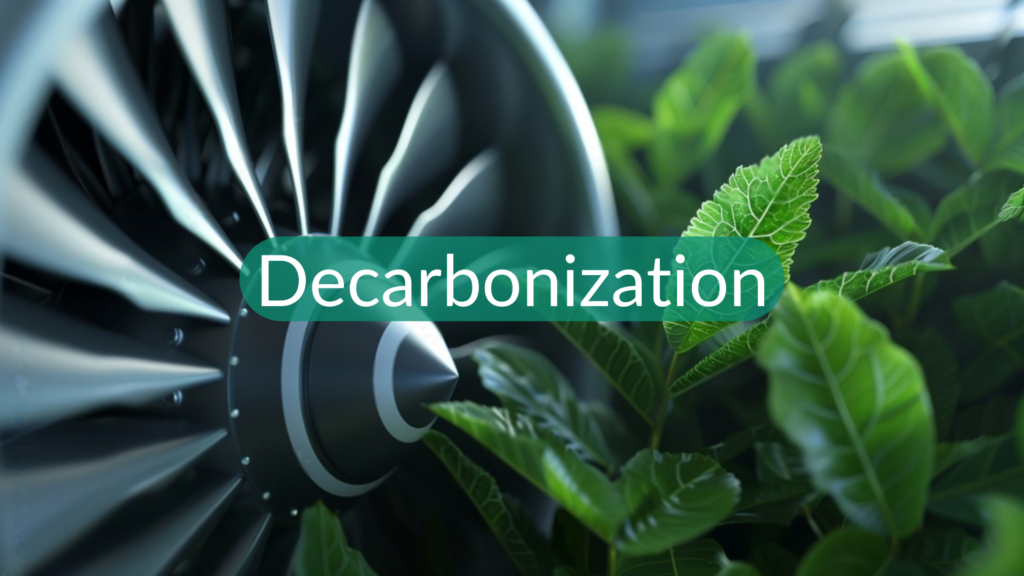
Aviation’s Carbon Challenge
The aviation industry faces increasing pressure to curb emissions as global climate concerns intensify. With air travel accounting for a significant share of global greenhouse gases, airlines, manufacturers, and regulators are seeking innovative ways to decarbonise the sector.
Sustainable Aviation Fuel (SAF) has emerged as a promising solution, yet it currently represents only 0.5 percent of global fuel consumption. Scaling SAF production remains a challenge, requiring advancements in feedstock availability, processing efficiency, and cost reduction. While essential, SAF alone cannot achieve the sector’s long-term climate goals.
A Multi-Faceted Approach to Sustainability
Investments in SAF and low-emission technologies, such as the FAA’s recent $291 million commitment, mark important progress. However, industry leaders recognise that decarbonisation requires broader efforts.
Material innovation is one such approach. Reducing aircraft weight through advanced materials can significantly cut fuel consumption and emissions. Companies like Gen Phoenix are developing lightweight, recycled seating materials that offer up to 45 percent weight reduction compared to traditional options. These innovations complement SAF, providing airlines with additional pathways to lower emissions.
Performance, Price, and Planet
The transition to sustainable aviation depends on balancing three key factors: economic viability, performance, and environmental impact. SAF delivers immediate emissions reductions but faces challenges in scalability and cost. Meanwhile, emerging technologies such as electric and hydrogen-powered aircraft offer long-term potential, albeit with infrastructure and energy storage hurdles.
Material advancements, like Gen Phoenix’s recycled leather, play a crucial role in this transition. Their production process achieves an 83 percent lower carbon footprint than traditional leather, while also incorporating closed-loop recycling systems to reduce waste.
Shaping a Sustainable Future
Circular economy principles are gaining traction in aviation. Innovations like Helios, a closed-loop system transforming end-of-life aircraft materials into new recyclable products, highlight the potential of sustainable design. For airlines, adopting such solutions can prevent significant landfill waste while advancing decarbonisation targets.
The aviation industry is moving towards a future where sustainability is embedded in every aspect, from fuel choices to material selection. VURDHAAN remains committed to supporting aviation stakeholders in navigating regulatory requirements, optimising sustainability strategies, and integrating innovative solutions that drive meaningful change.
